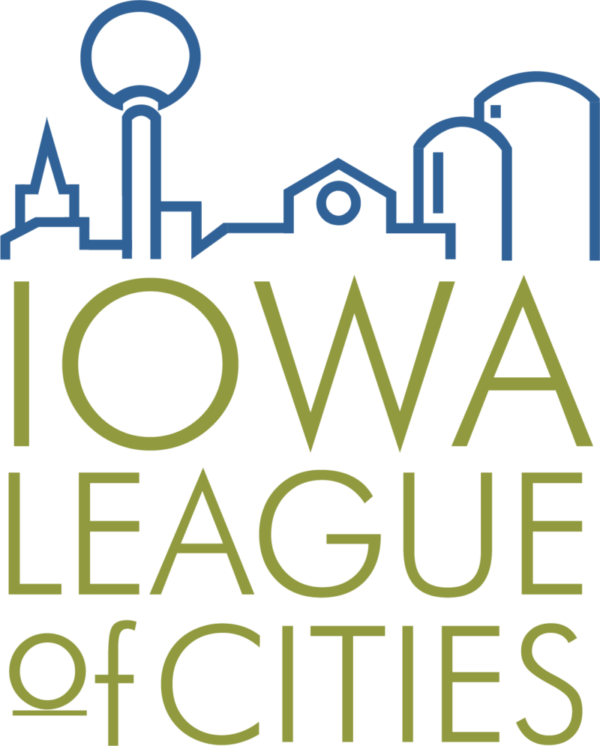| Relevant Downloads and Links | |
|---|---|
| Charts of Accounts |
The 2019 Chart of Accounts is a revised listing of account numbers that can be used by finance officers when developing their own listing of accounts for a uniform bookkeeping system. The listing was adopted by the City Finance Committee. This listing was formulated as a response to the changes in city budgeting brought about by GASB 34 and changes from the Property Tax Reform Act.
Here are some reports your accounting system should be able to produce for each fund:
The Statement of Revenues, Expenditures and Changes in Fund Balances
- Revenues
- Expenses
- Changes in Fund Balances
Budget to Actual Activity Reports (Revenues and Expenditures)
- Current Monthly Activity
- Year to Date Activity
- Budgeted Amount
- Amount of Budget Remaining
A government version of the balance sheet contains:
- Assets
- Liabilities
- Fund Equity
See City Budget Funds (for a description of each of the fund categories listed below)
| Fund Category Account Range | |
|---|---|
| General Fund | 100 to 109 |
| Special Revenue Funds | 110 to 199 |
| Debt Service Funds | 200 to 299 |
| Capital Project Funds | 300 to 499 |
| Permanent Funds | 500 to 599 |
| Enterprise and Utility Funds | 600 to 799 |
| Internal Service Funds | 800 to 899 |
| Fiduciary Funds | 900 to 999 |
Revenue and expense accounts then follow the standard of first listing the items most closely related to the operations of the city. For example, property taxes are listed as the primary revenue to support governmental activities, while wages are one of the most common expenses.
| Revenues | |
|---|---|
| General Property Taxes | 4000 to 4003 |
| Non-Voted Levies | 4005 to 4014 |
| Voted Levies | 4020 to 4030 |
| Tax Increment Financing | 4050 |
| Other City Taxes | 4060 to 4090 |
| Licenses and Permits | 4100 to 4190 |
| Use of Money and Property | 4300 to 4340 |
| Intergovernmental | 4400 to 4480 |
| Charges for Services | 4500 to 4550 |
| Special Assessments | 4600 |
| Miscellaneous Revenues | 4700 to 4794 |
| Other Financing Sources | 4800 to 4820 |
| Transfers In | 4830 |
| Expenditure Function (Legal Level of Expenditure in Iowa) | |
|---|---|
| Public Safety | 110 to 199 |
| Public Works | 210 to 299 |
| Health & Social Services | 310 to 399 |
| Culture & Recreation | 410 to 499 |
| Community & Economic Development | 510 to 599 |
| General Government | 610 to 699 |
| Debt Service | 710 |
| Capital Projects | 750 |
| Business Type Activities | 810 to 899 |
| Transfers Out | 910 |
| Non-Program General Revenue | 950 |
Other accounts used in many accounting systems are referred to as “subsidiary or supplementary” accounts. These accounts are a combination of account segments that show the detail or line item of many trial balance reports. Some cities use this level of detail to review individual spending levels over multiple years. One drawback to line item detail analysis for budgeting is that service level delivery in one year may be adversely affected by weather, changes in service focus or other emergencies.
| Expense Line Items/Objectives | |
|---|---|
| Salary and Wages | 6010 to 6099 |
| Employee Benefits, Costs & Staff Development | 6110 to 6299 |
| Staff Development | 6210 to 6299 |
| Repair, Maintenance & Utilities | 6310 to 6399 |
| Contractual Services | 6401 to 6499 |
| Commodities | 9710 to 6799 |
| Capital Outlay | 9710 to 6799 |
| Debt Service | 6801 to 6899 |
| Transfers Out and Interfund Loans | 6910 to 6920 |
An example of how a revenue account might look using this COA would be: General Fund Property Taxes 101-4000
An expenditure account might look like: General Fund, Police Department, Wages 101-110-6010






